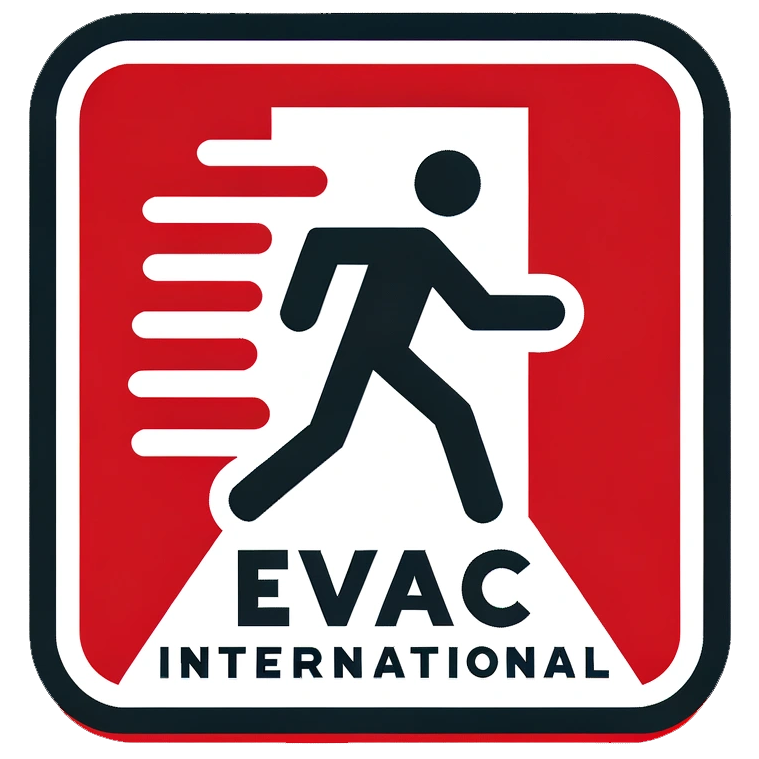As a fire safety and evacuation expert, I firmly believe that it is imperative for companies and public buildings to have evacuation chairs in place in order to ensure the safety and protection of the public. In the event of an emergency, such as a fire or other disaster, the ability to quickly and safely evacuate individuals with disabilities or mobility issues is crucial. The use of evacuation chairs, also known as evacuation transport devices, is a key component of an effective emergency evacuation plan.
First and foremost, it is essential to understand the importance of providing equal access to safety for all individuals, regardless of their physical abilities. Many public buildings and workplaces are designed with stairs as the primary means of egress, which can present a significant challenge for those with limited mobility. In the event of an emergency, traditional evacuation methods such as stairwells and elevators may not be accessible or safe for everyone. This is where evacuation chairs play a vital role in ensuring the safe and efficient evacuation of all individuals.
Evacuation chairs are specifically designed to assist with the safe transportation of individuals who may have difficulty navigating stairs or require assistance during an emergency evacuation. These specially designed chairs are equipped with features such as safety restraints, durable wheels, and ergonomic handles to facilitate smooth and controlled movement on stairways. By utilizing evacuation chairs, individuals with mobility limitations can be safely and efficiently transported to a designated assembly area or a place of safety, reducing the risk of injury or harm during the evacuation process.
Furthermore, the presence of evacuation chairs in public buildings and workplaces demonstrates a commitment to inclusivity and accessibility. By providing these essential tools for emergency evacuation, businesses and organizations are actively demonstrating their dedication to the safety and well-being of all individuals within their premises. This not only enhances the overall reputation and image of the company but also fosters a more inclusive and supportive environment for employees, visitors, and customers with disabilities.
In addition to the ethical and moral imperative of providing equal access to safety, there are also legal and regulatory requirements to consider. In many countries, including the United States, the Americans with Disabilities Act (ADA) and other similar laws mandate that public buildings and workplaces must provide reasonable accommodations for individuals with disabilities, including during emergency situations. Failure to have proper evacuation measures in place could result in legal liabilities and potential fines for non-compliance.
From a practical standpoint, the investment in evacuation chairs is a sound decision for any organization. The cost of implementing these devices is a small price to pay for the potential life-saving impact they can have in the event of an emergency. Furthermore, the training and education of staff members on the proper use of evacuation chairs can greatly enhance their effectiveness and ensure a swift and coordinated response during an evacuation. Ultimately, the presence of evacuation chairs can mitigate the risk of injuries and fatalities, minimize property damage, and lead to a smoother and more efficient evacuation process overall.
It is important to recognize that emergencies and disasters can strike at any time, and having the proper measures in place to address the needs of all individuals is paramount. Whether it is a fire, earthquake, or other unforeseen event, the ability to safely evacuate everyone from a building is a fundamental aspect of emergency preparedness. By incorporating evacuation chairs into their emergency evacuation plans, companies and public buildings can demonstrate their commitment to safety, inclusivity, and compliance with legal obligations.
In conclusion, as a fire safety and evacuation expert, I firmly advocate for the widespread implementation of evacuation chairs in public buildings and workplaces. The use of these specialized devices is critical for ensuring the safety and protection of individuals with disabilities or mobility limitations during emergency evacuations. By proactively investing in these essential tools and integrating them into comprehensive emergency plans, businesses and organizations can effectively address the needs of all individuals and create a safer and more inclusive environment for everyone. Evacuation chairs are not just a piece of equipment; they are a vital component of a holistic and proactive approach to emergency preparedness and public safety.

